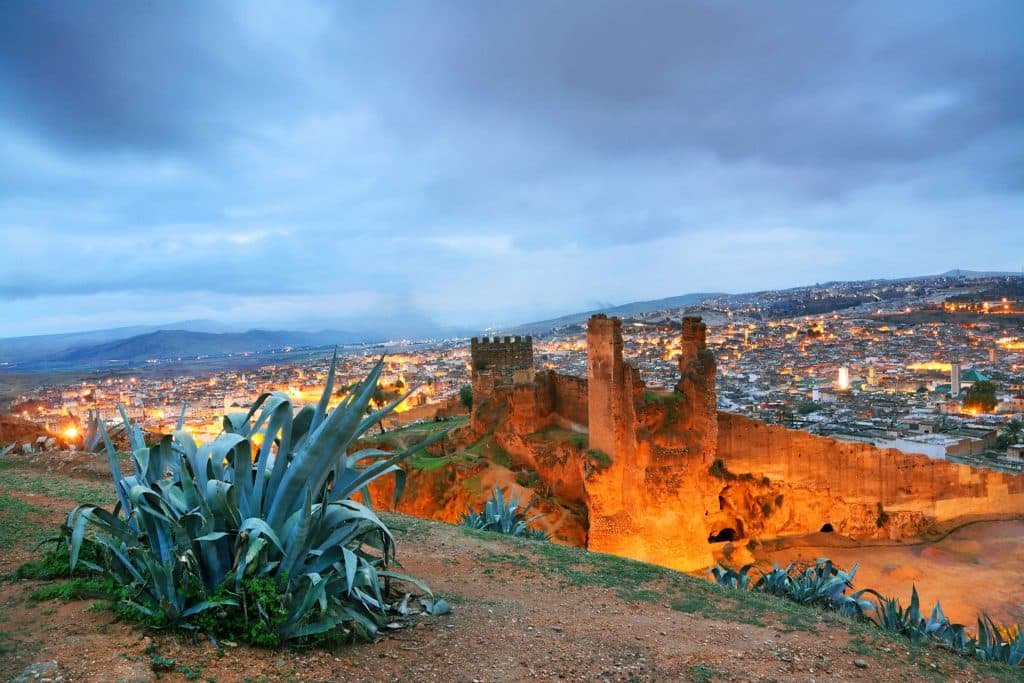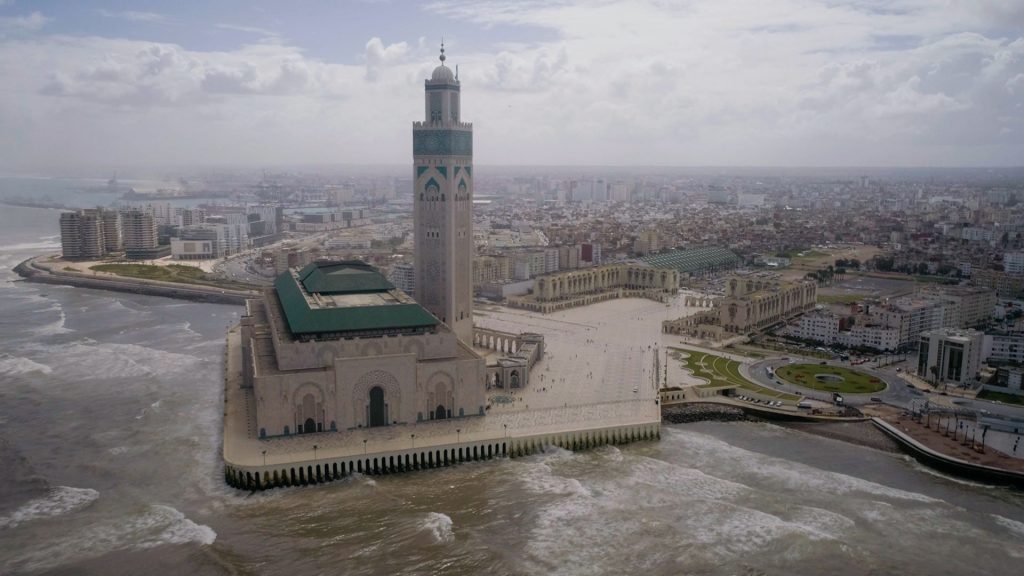
For one of the drivers of the Kingdom of Morocco’s new high-speed train, it is a dream come true.
For one of the passengers, a wonderful convenience.
For King Mohammed VI, it is the latest tie on the track towards modernity, the latest infrastructure project to help develop the North African country’s economy and improve the lot of its more than 35 million people.
«The HSR (High-Speed Rail) project opens important perspectives of industrial visibility for Morocco and will also considerably contribute to strengthen the logistics and Moroccan economy’s global competitiveness», says the Office National des Chemins de Fer (ONCF), the state railway operator, on a website dedicated to the project. «It will particularly improve the attractiveness of Foreign Direct Investments».
Named Al Boraq after a magical winged creature of Islamic lore, it is the first train service of its kind in Africa, running along the Atlantic coast for 200 kilometres between the port of Tangier and the commercial hub of Casablanca.
A Ride with the King
At its inauguration in November 2018, the king invited French President Emmanuel Macron aboard for the first official trip. Travelling at speeds of up to 320 kilometres an hour, it took them one hour and 15 minutes to arrive to Rabat – the last stop before Casablanca - less than half the time it would have taken them if they had ridden on a conventional train. France provided 51% of the 20 billion dirhams (€1.8 billion) used to build the project.
The line, which also stops at Kenitra, is the first section of a planned 1,500-kilometre network that will connect the country’s main cities, including Fez, Marrakech and Agadir.
ONCF foresees the line eventually increasing annual passenger traffic between Tangier and Casablanca from about three million to more than six million. «Also, it will give fluidity to the rail freight traffic in this corridor offering more capacity on the conventional line», it says.
Al Boraq’s rail stock includes 12 trains. Each service or trip has two locomotives and eight cars with a capacity for 533 passengers.
Travel times are three to four times less than the conventional train service and two times less than by motorway.
In addition to improving road safety by encouraging people to travel by train rather than car, ONCF says the service would allow for the reduction of 20,000 tons of carbon dioxide emissions a year.

Ambitious Infrastructure Projects
The king’s ambitions for the development of his country’s infrastructure are evident elsewhere.
In Tangier, there is a modern port that has been in operation for more than 10 years. Situated along one of the world’s busiest shipping routes – the Strait of Gibraltar – it has a capacity of eight million containers, ranking it among the largest transshipment hubs in the Mediterranean. It is also located next to free-trade zones where goods like cars are manufactured for export to Europe.
Then there is the network of highways that the government is expanding. It is to cover 3,000 kilometres by 2020, more than double the 1,461 kilometres in 2012, according an official website promoting foreign direct investment in Morocco.
On the other side of the Atlas Mountains near the town of Ouarzazate lies the Noor Solar Complex, the largest solar panel farm in the world. With thousands of panels capturing the sun’s rays for the production of electricity, it is at the heart of a programme to increase renewable energy’s contribution to installed electrical capacity to 42% by 2020, and 52% by 2030. The contribution by renewable energy would come from equal parts solar, wind and water, according to the World Economic Forum.
Dream Come True
On Al Boraq’s inaugural trip, the driver, Khalid Bouguerne, could think of nothing else but the privilege of carrying the king along the new track to Rabat. «It’s a dream for me», he told France 24, a French television news channel that reported on the occasion. «I used to drive at 160 (kilometres an hour), which is still not bad. But at 320, it’s extraordinary».
One woman who was travelling in one of the passenger cars said it would make travelling a lot easier between the two cities. «It used be a long haul for us. But now it’s easier. It’s more practical».

